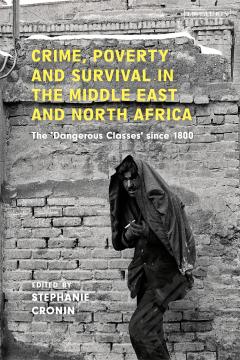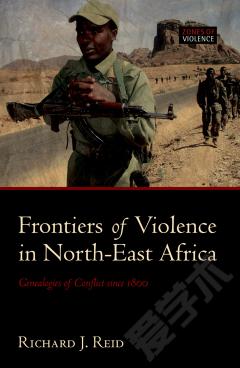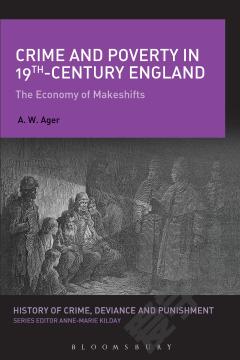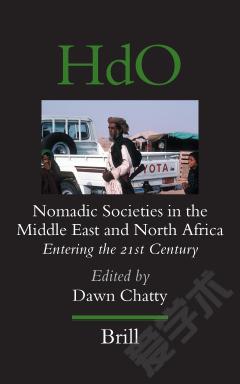Crime, Poverty and Survival in the Middle East and North Africa —— The 'Dangerous Classes' Since 1800
----- 中东和北非的犯罪、贫困和生存:自1800年以来的“危险阶层”
The concept of the 'dangerous classes' was born in a rapidly urbanizing and industrializing nineteenth century Europe. It described all those who had fallen out of the working classes into the lower depths of the new societies, surviving by their wits or various amoral, disreputable or criminal strategies. This included beggars and vagrants, swindlers, pickpockets and burglars, prostitutes and pimps, ex-soldiers, ex-prisoners, tricksters, drug-dealers, the unemployed or unemployable, indeed every type of the criminal and marginal.This book examines the 'dangerous classes' in the Middle East and North Africa, their lives and the strategies they used to avoid, evade, cheat, placate or, occasionally, resist, the authorities. Chapters cover the narratives of their lives; their relationship with 'respectable' society; their political inclinations and their role in shaping systems and institutions ofdiscipline and control and their representation in literature and in popular culture. The book demonstrates the liminality of the 'dangerous classes' and their capacity for re-invention. It also indicates the sharpening relevance of the concept to a Middle East and North Africa now in the grip of an almost permanent sense of crisis, its younger generations crippled by a pervasive sense of hopelessness, prone to petty crime and vulnerable to induction as foot soldiers into drug and people smuggling, petty gangsterism and jihadism.
{{comment.content}}








 京公网安备 11010802027623号
京公网安备 11010802027623号